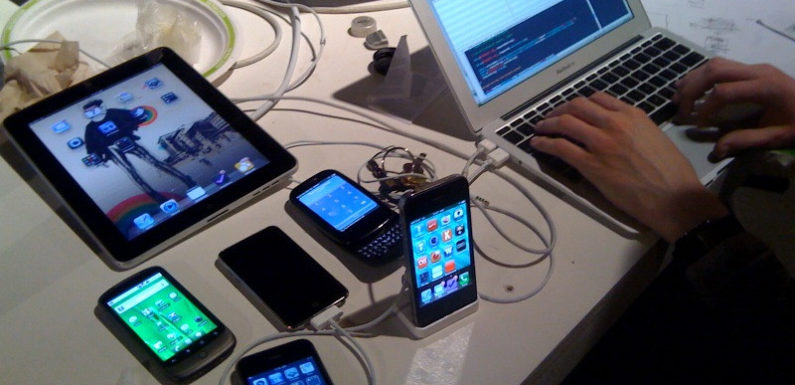
One of the biggest truths nowadays is that throughout the world, the number of mobile users is steadily on the rise. With this, the number of mobile apps is also growing.
Given the tight competition that is happening, and would continue to happen in the realms of a mobile app, one of the facets that should not be taken lightly is mobile app testing. Testing is an integral phase of app development and should be done in order to ensure that the app will turn out great upon release.
To ensure that mobile app testing is done well, here are 5 best practices that you should also observe:
Know your Customer
When you create a mobile app, it must be clear from the beginning who you’re making it for. While this is something that you can easily overlook when you already have an idea of what app to make, it’s especially important before you launch it. You can do testing of how you’ll be able to push it to the customers you have in mind.
Some of the things you need to get are what your target customers are expecting so that you may adjust your app to meet such expectations. It is always great to be aligned with the preference of those you plan to market your app to.
Test on Real Devices
When you test your app, make sure that you do so on actual devices where your app would be used. Not on your systems for which the app was made. It gives a different side of the picture – something out of your control. Some app developers only use emulators and while this may work, the test is not 100% conclusive. The emulators would still depend on your system’s capabilities. This would lead to results that are not fully reliable, and you may leave out a couple of issues.
It is therefore critical that you do tests on real devices. When you do this, you should understand that there is a lot of phone models with various hardware and operating systems. Your app should be able to adapt to each unless you are planning to tap a specific subset of the market only. Also, take into consideration that devices continue to evolve. You’ll need to do testing even after release to ensure your app will live to see the next update.
Try with Different Networks
If your app requires an Internet connection to work, it is also recommended that you do your mobile app test on different networks because your app will really be used on various providers.
Different providers offer different connection speeds and limits. What you should do is to ensure that your app would work on different connection speeds. When possible, offer adjustments in visuals to retain performance so that when the network quality is bad, the visual element can be compromised a bit for the sake of performance.
Test with Multiple Scenarios
While we highlighted that testing on real devices is critical, it is understandable that you would not be able to have all devices out there. You would still need a mobile testing software that can simulate devices that you might not have in your arsenal. If you have this, you will be able to test your app across a great number of scenarios, and this will help you come up with good results. But again, complement this by making use of actual devices. Working together, your tests would be more accurate.
Ensure Security
Another facet of mobile testing that you should not take lightly is security. Make sure you give this area a lot of attention because it is vital. Test against vulnerabilities of all sorts and make sure to address all issues you can think of. Make sure you keep your users’ information safe at all costs.
Mobile app testing is an important part of app development that should not be taken for granted. It is an essential phase to ensure that your mobile app will be a success. However, testing only helps if done right. To be sure that you do it right, the 5 best practices above are some of those you should not overlook.

